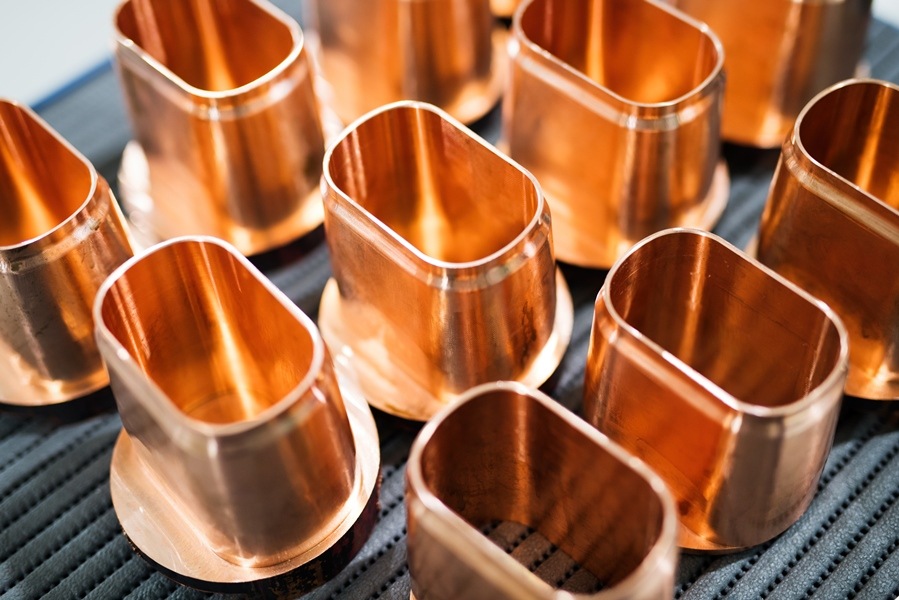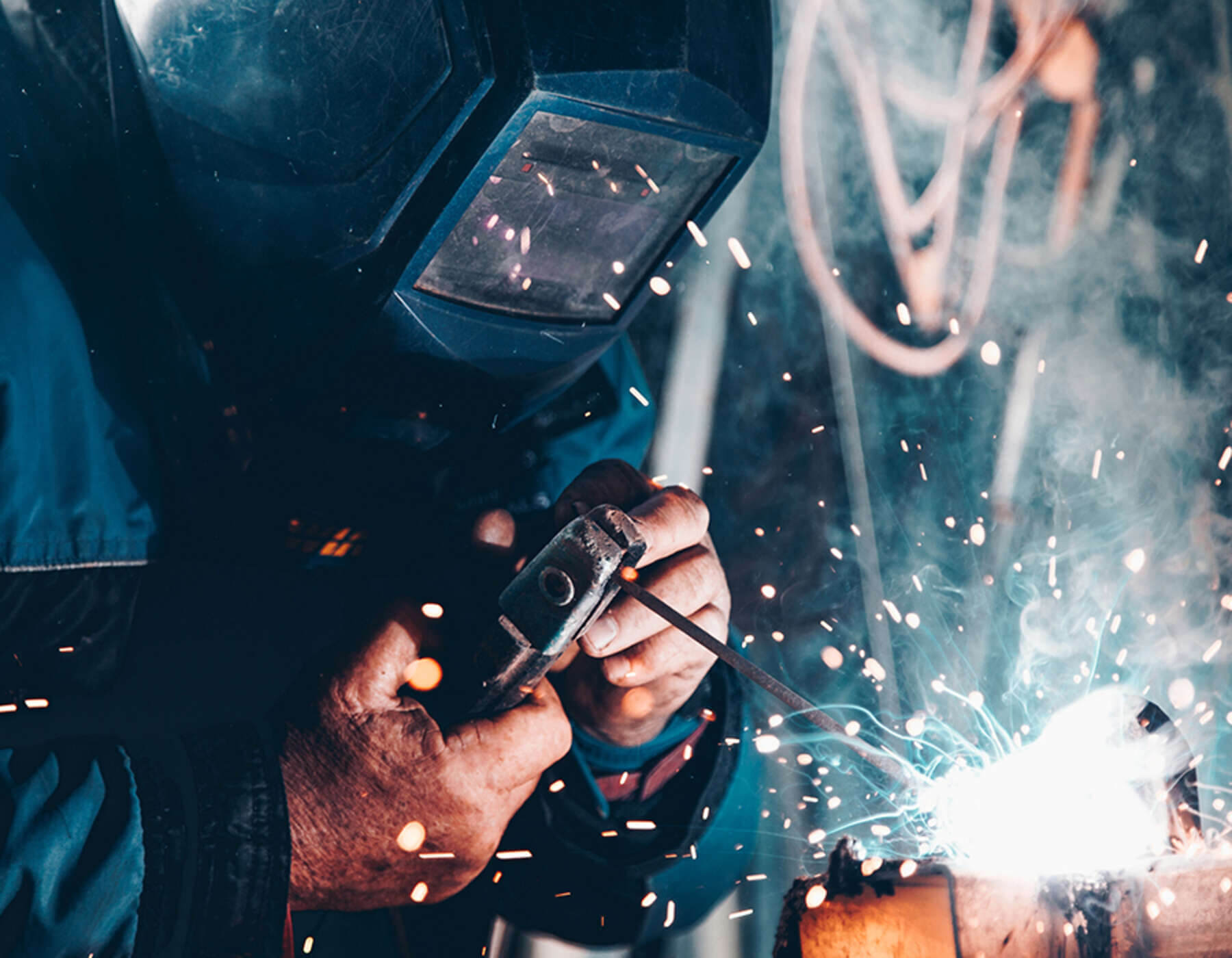
Laser cutting is one of the most effective ways of cutting sheet metal into desired shapes and sizes.
Using advances in technology, laser cutting involves emitting a laser beam onto the sheet metal in question to create a cut edge.
In addition to providing a cutting service, lasers can also be used for engraving and etching, meeting all intricate design requirements and specifications.
However, when working with some metals, it’s important to be aware of the final quality that a laser cut can offer.
For example, copper is particularly challenging to laser-cut as it can reflect the infrared light required to make the cut. But with the right equipment and a skilled team (like Morfabrication Ltd), it can be done.
In this post we look at copper laser cutting and the areas to consider before making the final cut.
What is copper laser cutting?
Copper laser cutting involves using the most suitable laser to cut through sheet copper of varying degrees of thickness.
As we know, copper is highly reflective of infrared light, making it challenging to cut accurately and to a high quality.
(Also, check out our post on brass laser cutting to learn more about these challenging materials and how Morfabrication can help overcome them.)
Copper’s reflectivity decreases when it warms up, making fibre laser cutting the ideal choice for this metal.
Copper laser engraving is another feature that is slightly different from laser cutting. In this instance, the engraving process involves making shallow cuts into the copper to make patterns and designs as required.
Copper is a popular sheet metal fabrication material due to its low cost and it is a material that is also readily available.
Other benefits of copper include:
- Good conductivity
- Offers magnetic resistance
- It has a high thermal conductivity
- Strength
- Good level of corrosion resistance in certain environments and conditions.
Laser-cutting copper sheet
C02 lasers are the most common for cutting sheet metal; however, due to the reflective nature of copper, these won’t offer the best quality cut.
Instead, fibre lasers should be used.
Fibre lasers are used in most industrial applications due to their incredible efficiency, flexibility, and ability to offer superior quality cuts.
Using a fibre optic cable that releases a high-powered beam, fibre lasers cut through those more challenging materials, such as copper, with ease and precision.
However, it’s important to note that fibre lasers are preferred when cutting metal, but they do cost more, and this should be factored into budgets. You should work closely with your sheet metal contractor on the best solution for you and your project.
In preparation for the cut, you may also opt to coat the copper in a metal marking spray, which helps to absorb the laser’s energy and ensure a clear, clean cut.
Laser cut copper
When laser cutting copper, you must consider these key factors to ensure a good cut:
Laser power – what is the acceptable level of power for both the laser and the material selection? For example, high power will reduce the time period in which the copper is most reflective, making the laser-cutting process more effective and efficient.
Cut speed – we would recommend this to be between 85 and 90% of the maximum speed, as at these levels, the copper will remain heated and not highly reflective, so the cutting will continue uninterrupted, providing a clean cut. However, if there is any uncertainty or dwell time required, this should be built in, potentially starting at a slow rate and building up the cut.
Point of focus—the point of focus should be on the copper’s surface and adjusted using the laser’s optical lenses. The focus position should be as close to the top of the surface as possible without affecting quality to allow for a quicker melting point.
Cutting gas – used to increase the process’s reliability, high-pressure oxygen gas is often recommended at a level of between 100 and 300 psi, depending on the thickness of the copper. Using high-pressure oxygen can improve the efficiency of the laser cutting process, as it reduces reflectivity, speeding up production and lead times.
Nozzle selection – depending on the design and cut size will depend on the nozzle size you opt for. Factors to consider include whether the nozzle size is appropriate for the material selection and if they are well-conditioned to ensure proper gas flow.
Material thickness – sheet copper is available in various degrees of thickness, which must be considered when selecting the right equipment and laser-cutting tools to carry out the job.
Sheet metal fabricators
Cutting highly reflective materials is challenging and should only be carried out by sheet metal fabricators who are experienced in this area, as it is essential that you optimise the laser cutting process for all sheet metal materials, in particular copper.
At Morfabrication, we offer a wide range of fabrication services, including laser cutting. Our team is trained and has years of experience which you can use to your advantage as you receive high-quality end products that meet all design specifications and requirements.
If you have a project coming up, get in touch with a member of our team today for a FREE quote and further information.
